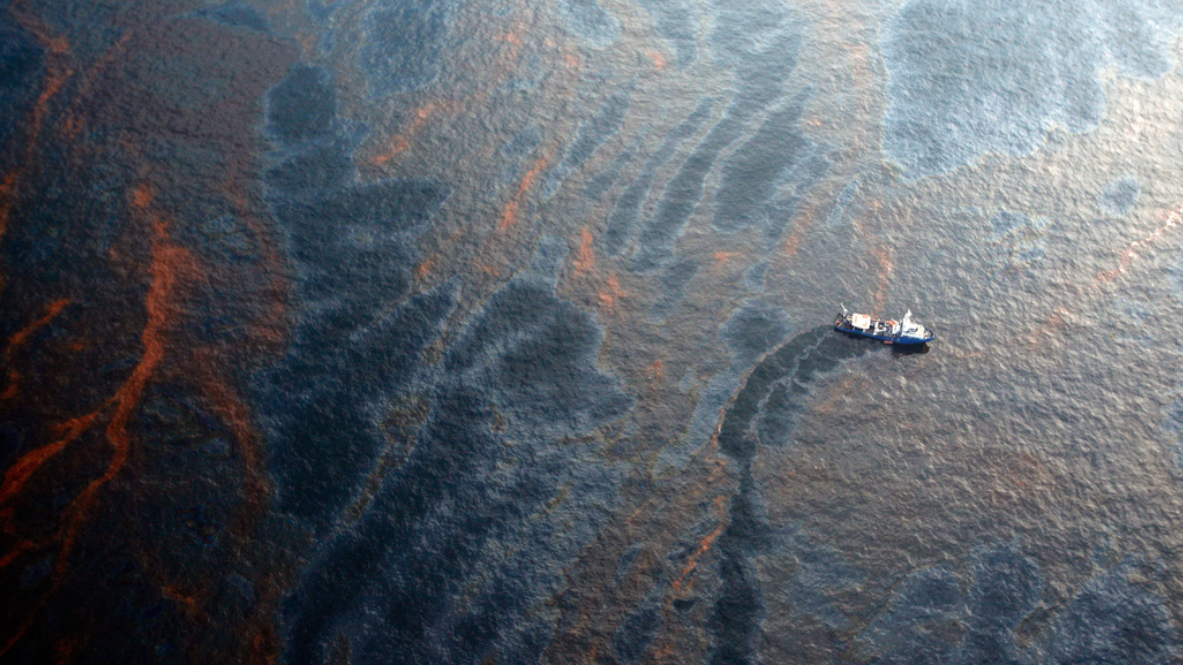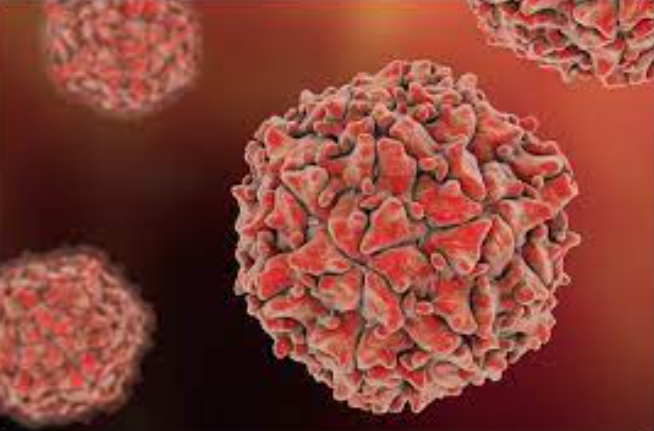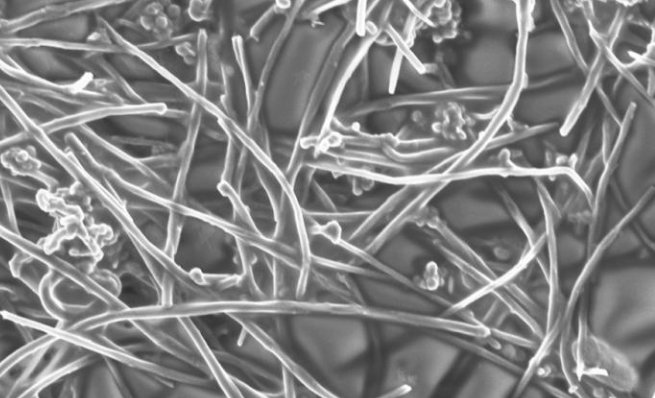Sunlight and effects on oil

Sunlight plays a bigger role in cleaning up such spills than previously thought. When sunlight hits oil spilled in the sea, it can start a chain of chemical reactions, converting the oil into new compounds. Some of these reactions can increase how easily oil dissolves in water, called photodissolution.
The most important factors for photodissolution, researchers have found, are the thickness of the slide and the length of the light. Longer wavelengths (toward the red end of the spectrum) dissolve less oil, probably because they are easier to disperse in water than shorter wavelengths. How long the oil has been exposed to light is not that important.

To assess this, environmental chemists placed Macondo oil samples from the Deepwater Horizon spill on glass disks and irradiated them with light using LEDs that emit at wavelengths detected in sunlight. The chemically irradiated oil was then analyzed to see how much dissolved organic carbon was converted. Although seasonal or geographic differences were not specifically tested, laboratory-based computer simulations suggest that these factors, as well as the chemical composition of the oil, are also important.
The researchers estimate that irradiation has helped dissolve 3 to 17 percent of the surface oil from the Deepwater Horizon spill, comparable to processes such as evaporation and stranding. However, the impact that sunlight compounds may have on marine ecosystems is not yet known.





Responses